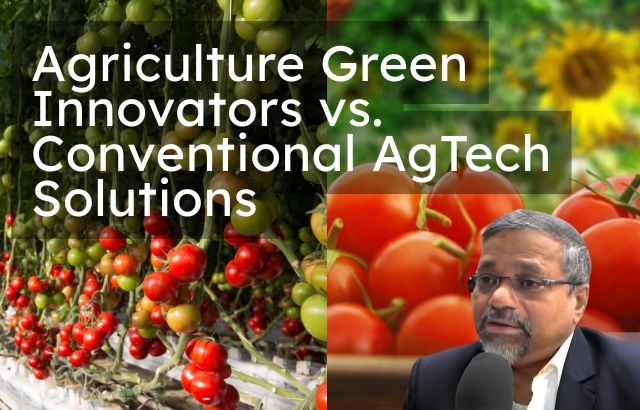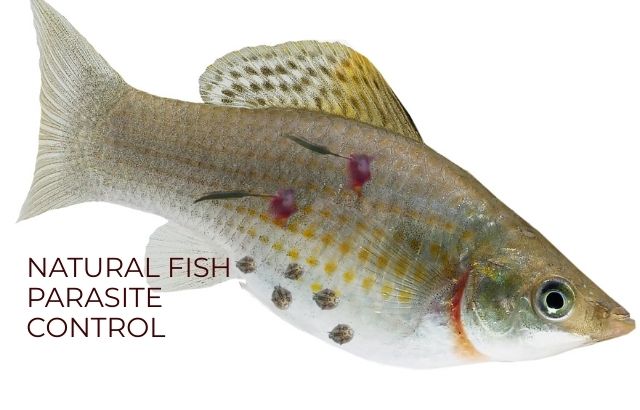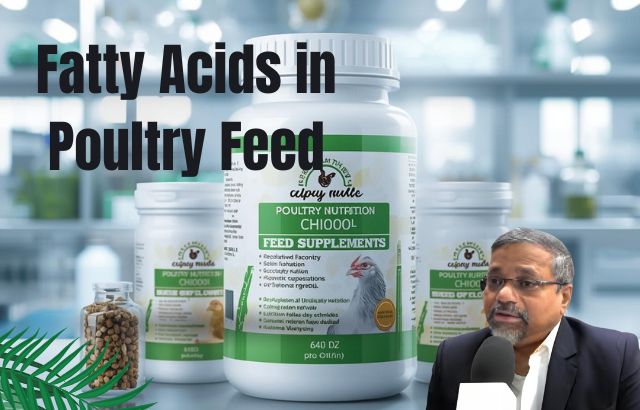Agriculture is at a crossroads. With a global population projected to reach 9.7 billion by 2050, the demand for food is skyrocketing. Yet, traditional farming practices often harm the environment, while green agricultural innovations promise sustainability. This blog explores how green innovators differ from conventional AgTech solutions, comparing their environmental impact and effectiveness, with insights from Agriculture Green Innovator Jaiguru Kadam, examples, intriguing statistics, and FAQs.
What Are Green Agricultural Innovations?

Green agricultural innovations leverage technology to minimize environmental harm while maximizing productivity. Unlike traditional methods, these solutions prioritize sustainability, biodiversity, and resource conservation. Examples include:
-
- Vertical Farming: Growing crops in stacked layers, using 95% less water and 99% less land than traditional farming. Companies like Infarm use AI and IoT for efficient resource use.
-
- Precision Agriculture: Using drones, sensors, and AI to optimize water, fertilizers, and pesticides, reducing waste by up to 80%.
-
- Bee Vectoring: Employing bees to deliver biological controls, enhancing crop protection without chemical pesticides.
-
- Regenerative Agriculture: Practices like no-till farming and crop rotation to improve soil health and sequester carbon.
What Are Conventional AgTech Solutions?
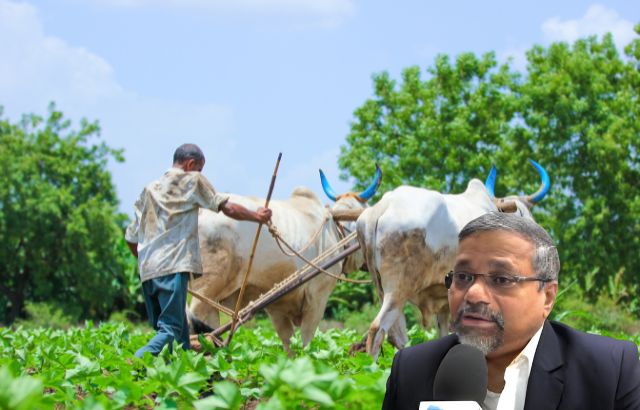
Conventional AgTech solutions focus on maximizing yield through mechanization, chemical inputs, and monoculture. While effective for large-scale production, they often have significant environmental drawbacks. Examples include:
-
- Chemical Fertilizers and Pesticides: Boost crop yields but contribute to soil degradation and water pollution.
- Heavy Machinery: Tractors and harvesters increase efficiency but cause soil compaction and high fuel emissions.
- Irrigation Systems: Traditional flood irrigation consumes 69% of global freshwater, often leading to waste.
- Monoculture Farming: Growing single crops to simplify production but reduces biodiversity and soil fertility.
Environmental Impact Comparison
| Aspect | Green Innovations | Conventional AgTech |
|---|---|---|
| Greenhouse Gas Emissions | Low: Practices like zero tillage and vertical farming reduce emissions. For example, vertical farming cuts CO2 by 74% compared to livestock farming. | High: Factory farming emits methane and nitrous oxide, with nitrous oxide 300 times more potent than CO2. |
| Water Usage | Efficient: Drip irrigation and hydroponics save 20–98% water. | Inefficient: Flood irrigation wastes up to 50% of water. |
| Soil Health | Enhanced: Regenerative practices improve soil fertility and reduce erosion. | Degraded: Chemical inputs and tillage cause soil compaction and loss of topsoil. |
| Biodiversity | Promoted: Crop rotation and organic methods support ecosystems. | Reduced: Monoculture and pesticides harm pollinators and wildlife. |
| Deforestation | Minimal: Vertical farming and precision agriculture reduce land use. | High: 80% of global deforestation is linked to agriculture, especially for cattle and soy. |
Effectiveness Comparison
Green Innovations:
-
- Yield: Precision agriculture can increase yields by 62% through optimized resource use.
-
- Cost: Initial investment is high, but long-term savings from reduced inputs (e.g., 80% less fertilizer) are significant.
-
- Scalability: Technologies like drones and AI are adaptable to both small and large farms, though adoption is slower in developing regions.
Conventional AgTech:
- Yield: High yields in monoculture systems, but diminishing returns due to soil degradation.
- Cost: Lower initial costs but higher long-term expenses from chemical inputs and environmental remediation.
- Scalability: Well-suited for large-scale farming but less effective for smallholders due to high input costs.
Roles of Green Innovators
Green innovators are pioneers driving sustainable agriculture. Their roles include:
-
- Technology Developers: Creating tools like AI-driven sensors or CRISPR-edited crops for resilience.
-
- Educators: Training farmers on sustainable practices like no-till farming or integrated pest management.
- Advocates: Promoting policies for green subsidies and carbon trading to incentivize eco-friendly practices.
-
- Entrepreneurs: Launching startups like BVT, which uses bees for pest control, reducing chemical use.
-
- Researchers: Studying impacts of innovations, such as how vertical farming reduces water use by 95%.
Case Study: Jaiguru Kadam, a green innovator, developed a low-cost drip irrigation system in India, saving 50% water and increasing yields by 30% for smallholder farmers.
Calculations by Jaiguru Kadam
Jaiguru Kadam, a renowned Agriculture Green Innovator, has shared calculations to demonstrate the impact of green innovations:
1. Water Savings with Drip Irrigation
Scenario: A 1-hectare farm growing tomatoes using flood irrigation vs. drip irrigation.
- Flood irrigation: 800,000 liters/hectare/season
- Drip irrigation: 400,000 liters/hectare/season
- Savings: 800,000 – 400,000 = 400,000 liters/hectare/season (50% reduction)
2. Carbon Sequestration with No-Till Farming
Scenario: A 10-hectare farm adopting no-till vs. conventional tillage.
- Conventional tillage: Releases 0.5 tons of CO2/hectare/year
- No-till: Sequesters 0.3 tons of CO2/hectare/year
- Net benefit: 0.5 + 0.3 = 0.8 tons CO2/hectare/year
- Total for 10 hectares: 0.8 × 10 = 8 tons CO2/year sequestered
3. Cost Savings with Precision Fertilizer Application
Scenario: Fertilizer use on a 5-hectare maize farm.
-
- Conventional: 200 kg/hectare at $0.5/kg = $100/hectare
- Precision: 80 kg/hectare at $0.5/kg = $40/hectare (60% less fertilizer)
- Savings per hectare: $100 – $40 = $60
- Total for 5 hectares: $60 × 5 = $300/season
Enlightening info & Statistics

-
- 80% of global deforestation is driven by agriculture, primarily for cattle and soy production.
-
- Vertical farming uses 95% less water and yields 75 times more per square meter than traditional farming.
-
- Precision agriculture reduces fertilizer use by up to 80% and pesticide use by 80%.
-
- Nitrous oxide from factory farming is 300 times more potent than CO2.
-
- By 2050, food demand will surge by 70% due to population growth.
-
- Organic farming sequesters carbon but requires 2–3 times more land than intensive farming.
Frequently Asked Questions
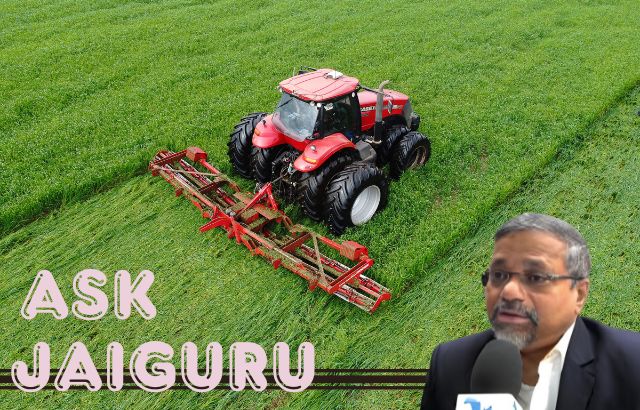
What makes green innovations more sustainable?
Green innovations reduce resource use (e.g., water, fertilizers), lower emissions, and promote biodiversity, unlike conventional methods that rely on chemical inputs and monoculture, causing environmental harm.
Are green innovations cost-effective?
While initial costs are higher, long-term savings from reduced inputs and environmental benefits make them cost-effective. For example, precision agriculture saves 60–80% on fertilizers.
Can smallholder farmers adopt green innovations?
Yes, technologies like drip irrigation and no-till farming are scalable and affordable, especially with subsidies and training from green innovators.
How do conventional methods impact the environment?
They contribute to deforestation (80% of global total), soil degradation, water waste, and high emissions of methane and nitrous oxide.
What role do policies play in green innovation?
Policies like carbon trading and green subsidies incentivize adoption of sustainable practices, as seen in China’s Green Agricultural Program.
Conclusion
Green agricultural innovations offer a sustainable path forward, significantly reducing environmental impact while maintaining or improving effectiveness compared to conventional AgTech. Innovators like Jaiguru Kadam are leading the charge, developing solutions that save water, sequester carbon, and cut costs. As the world faces climate challenges and food security demands, embracing green innovations is not just an option—it’s a necessity. Join the movement for sustainable agriculture today!

